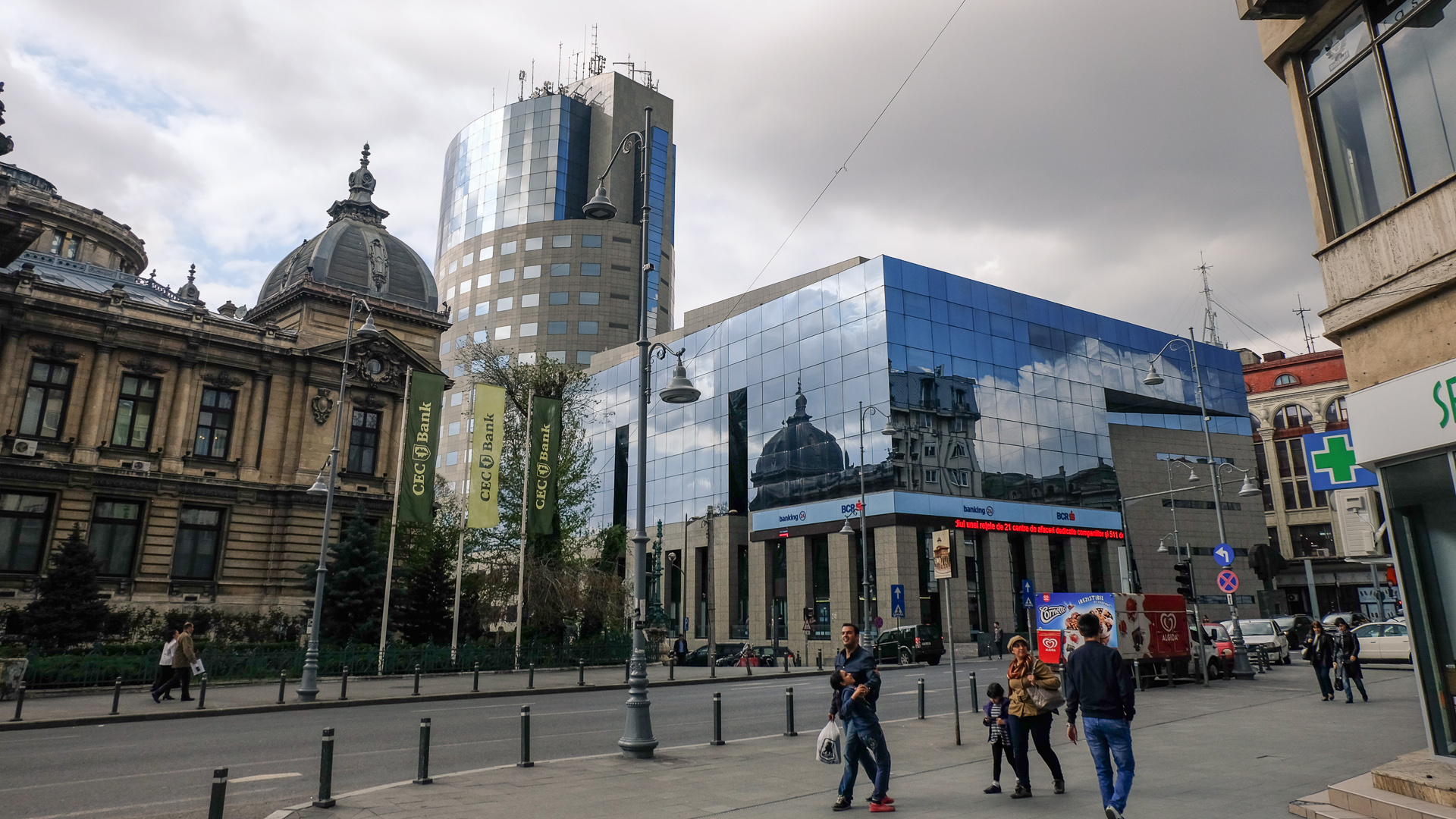
Bucharest walking tours with Romania Tour Store
If you ever went on a sightseeing tour in any city of the world, you’ve probably seen some of the most popular tourist attraction. Be it the Tower of London, the Eiffel Tower, the Colosseum or the Schonbrunn Palace, there are certain landmarks that are simply a “must – see” in each city.
Bucharest is no different, with the Palace of Parliament or the Constitution Square, but there are other “hidden” places that many tourists are not aware of. The best way to make your way around a city is a walking tour. You can stop for pictures anytime you want, you can have a cup of coffee in a small coffee shop on the way or you can simply spend some time interacting with locals in a park.
For example, during a Bucharest walking tour, you can learn more about the history of certain buildings that are usually not included in travel guides. Here are some surprising city sights you might encounter during a walking tour in Bucharest.
The “Mita the Cyclist” house
The real name of Mita the Cyclist was Maria Mihaescu. She has gained fame after being the first woman to walk on Calea Victoriei in pants and pedaling the bike, which was considered inappropriate for a woman around 1900. This lady had a coupe car, she was eating only at Athenee Palace and dressed in bathing suit, unlike other women at the time, that were using a bathing robe.
She was a stylish woman who broke the hearts of famous men such as writer Octavian Goga, the King of Portugal and King Ferdinand. Legend has it that an extremely wealthy lover gifted the house on Amzei Street to Mita. If you are ever in this part of the city, seize the opportunity and visit it, if not for Mita, at least for the architecture signed by N.C. Mihaiescu. The former home of this stylish lady is found on Amzei Street, nr. 9 very close to Calea Victoriei.
Photo credit: Nicu Buculei
The CEC Palace
Located on Calea Victoriei, the CEC Palace is a building whose construction began on July 8, 1897 on the orders of King Carol I and Queen Elizabeth. Before the palace was built, this was the site of a monastery and inn known as “Saint John the Great”, dating from the sixteenth century and reinforced later during the reign of Constantin Brancoveanu.

CEC Palace Bucharest
Because of the precarious state in which they were, these buildings were demolished in 1875. The man who designed the current CEC Palace was the architect Paul Gottereau. The design combines Gothic and French architecture from the nineteenth century. Currently, this building functions as the headquarters for CEC Bank, successor to the former CEC (Savings Bank House).
Bellu cemetery
This cemetery located at the intersection of the Giurgiului, Oltenitei, Viilor and Caii Serban Voda roads, received approval for construction on the site of the garden of Baron Barbu Bellu. The construction started in 1852, under the guidance of architect Alexander Orescu. The painter Lecca is the one who finishes the chapel and religious objects from it. In 1860, the cemetery passes under administration of the capital’s council.
It’s probably the most famous building of its kind in Bucharest, maybe because here, on the Alley of Artists, there are buried some of the most important cultural personalities in Romania: George Bacovia, Nikita Stanescu, Ion Barbu, ILCaragiale, Toma Caragiu, Tudor Musatescu, Hortensia Papadat-Bengescu, George Pruteanu, Marin Preda, Florian Pittis and others. What makes this cemetery so interesting are the stories related to some tombs and monuments.
Melik house – the oldest house in Bucharest
The Melik House known as the Pallady Museum is located on Spatarului Street, no. 22 and is the oldest house in the capital. It was built in 1750 by the Armenian Hagi Kevork Nazaretoglu and currently hosts paintings made by Theodor Pallady and over 800 drawings dating from the period in which the Romanian painter made his apprenticeship in Paris. Besides these, you can admire 1,270 pieces of the collections belonging to the Serafina family and Gheorghe Raut. The collections include works from artists like Lubin Baujin, Edmond Aman Jean, Carolus Duran, Camille Corot, or Dutch artists such as Jan van de Capelle.
Tepes Castle
If you ever pass through Carol Park and you have enough time to discover an unusual sight, medieval-looking but really built of red brick, you don’t have to go too far. In the middle of the park lies the Water Tower built by architects Stefan V. Burcus and Stephanescu in 1906, celebrating the 40th anniversary of the enthronement of Charles I, on which occasion the Romanian authorities have ordered the organization of a famous exhibit.
The castle was meant to be useful and house a water tank, but it was never used for this purpose and made history mainly because it has a similar architecture to the Poineari Fortress of Vlad Tepes, in Arges county. Those interested can admire this building at Candiano Popescu Street, No. 6.
The Central School
On March 19, 1851, Prince Barbu Stirbey commands the setting of the “Royal Boarding School for Girls”, known today as the Central School in Bucharest. The aim of this institution was to offer girls a noble education, but this is not why the school has gained notoriety.
Towards the end of the century, the architect Ion Mincu was tasked with designing a new headquarters (now in the process of restoration). As written at the entrance, work began in 1890 and the result turned out to be spectacular.
Next time you decide to book one of the many bucharest walking tours available, opt for a walking tour, you’ll be surprised how many interesting places you can discover this way, especially if you choose a private guided tour.


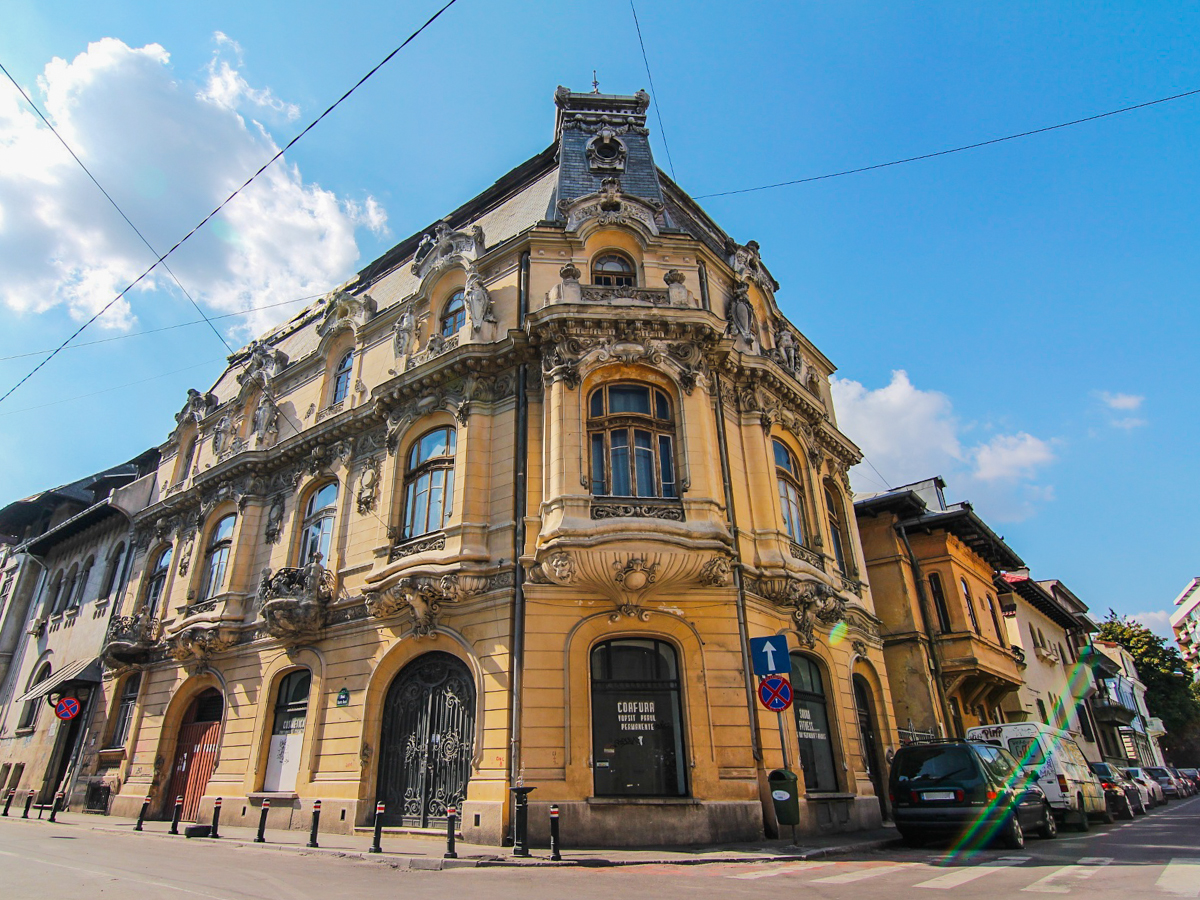

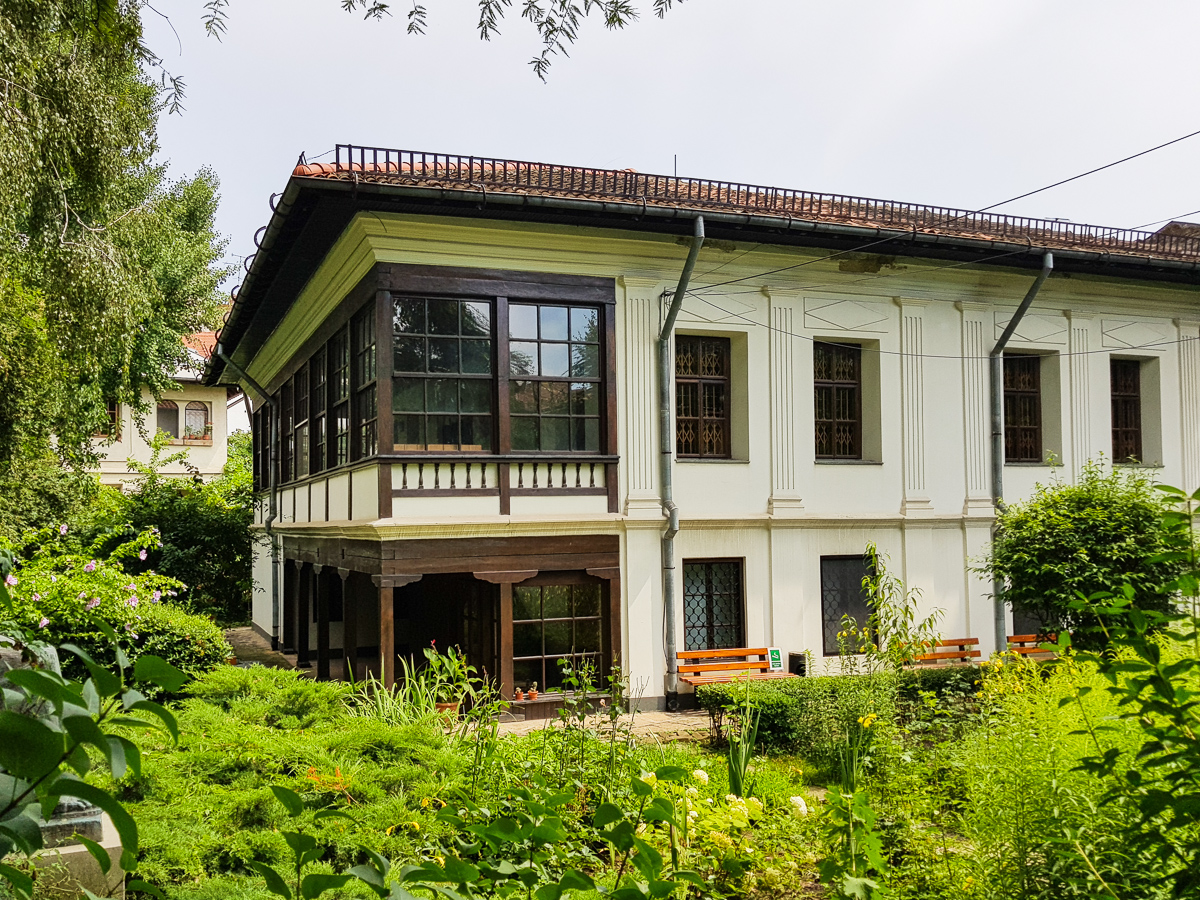
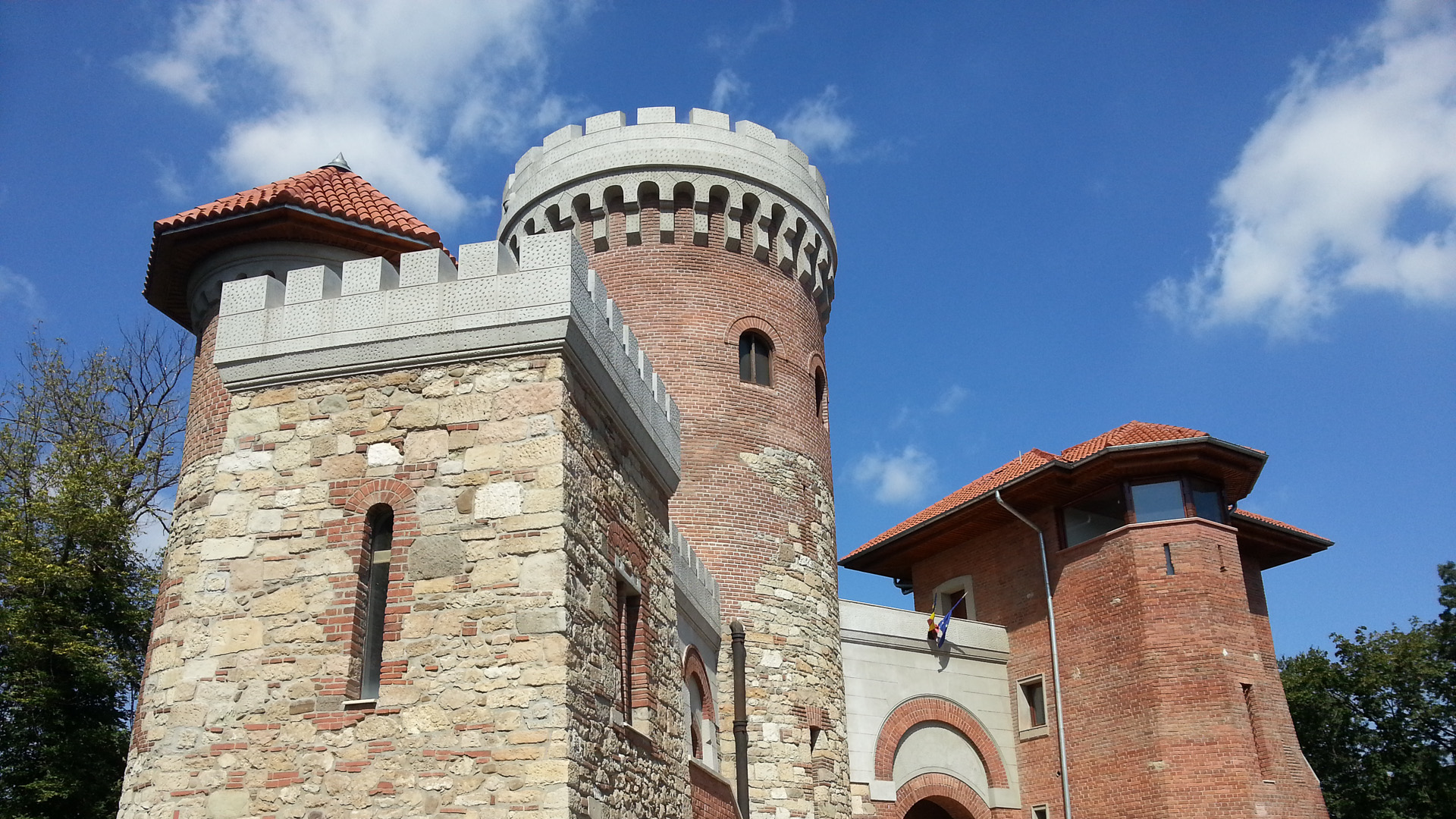
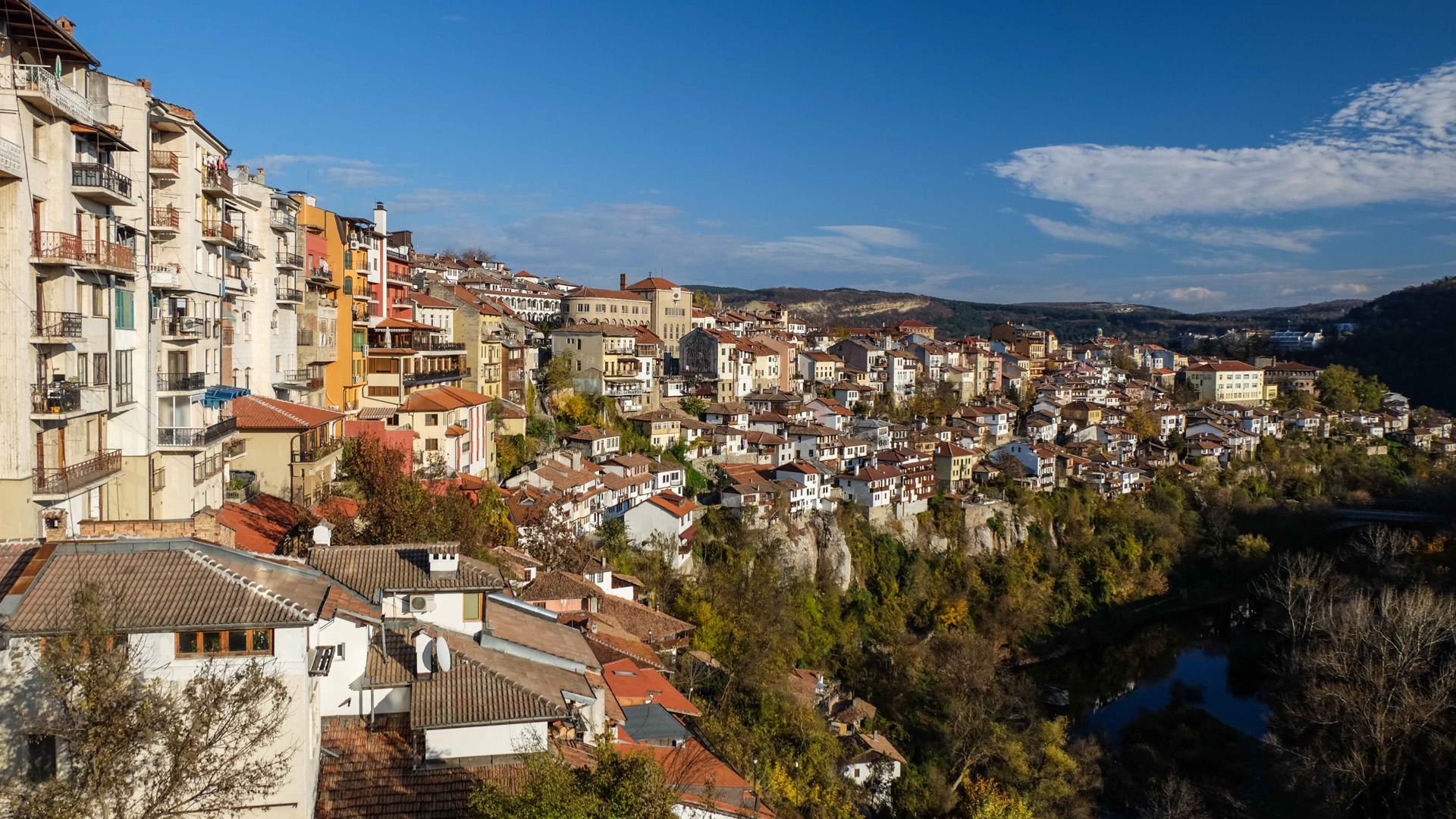
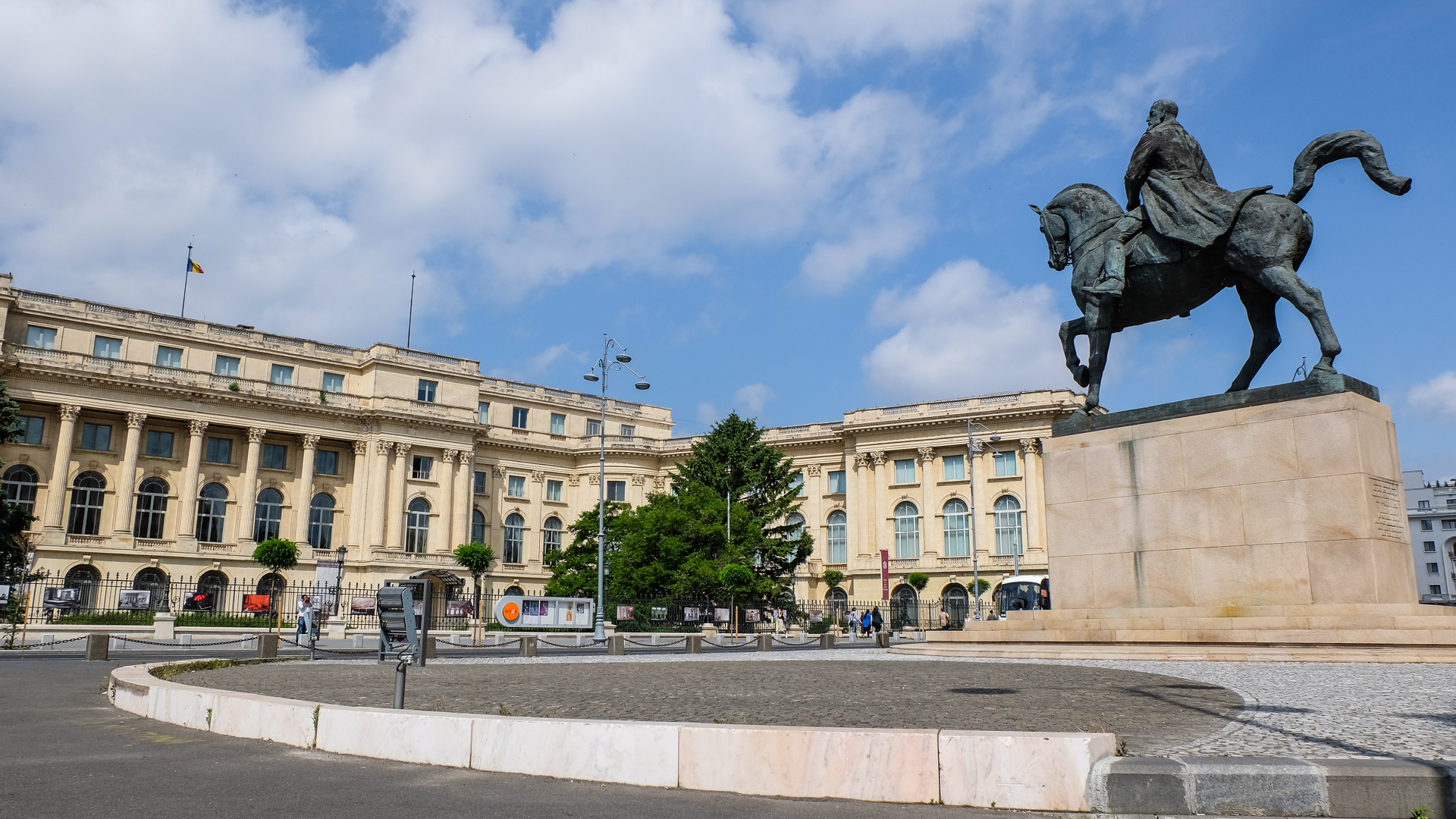
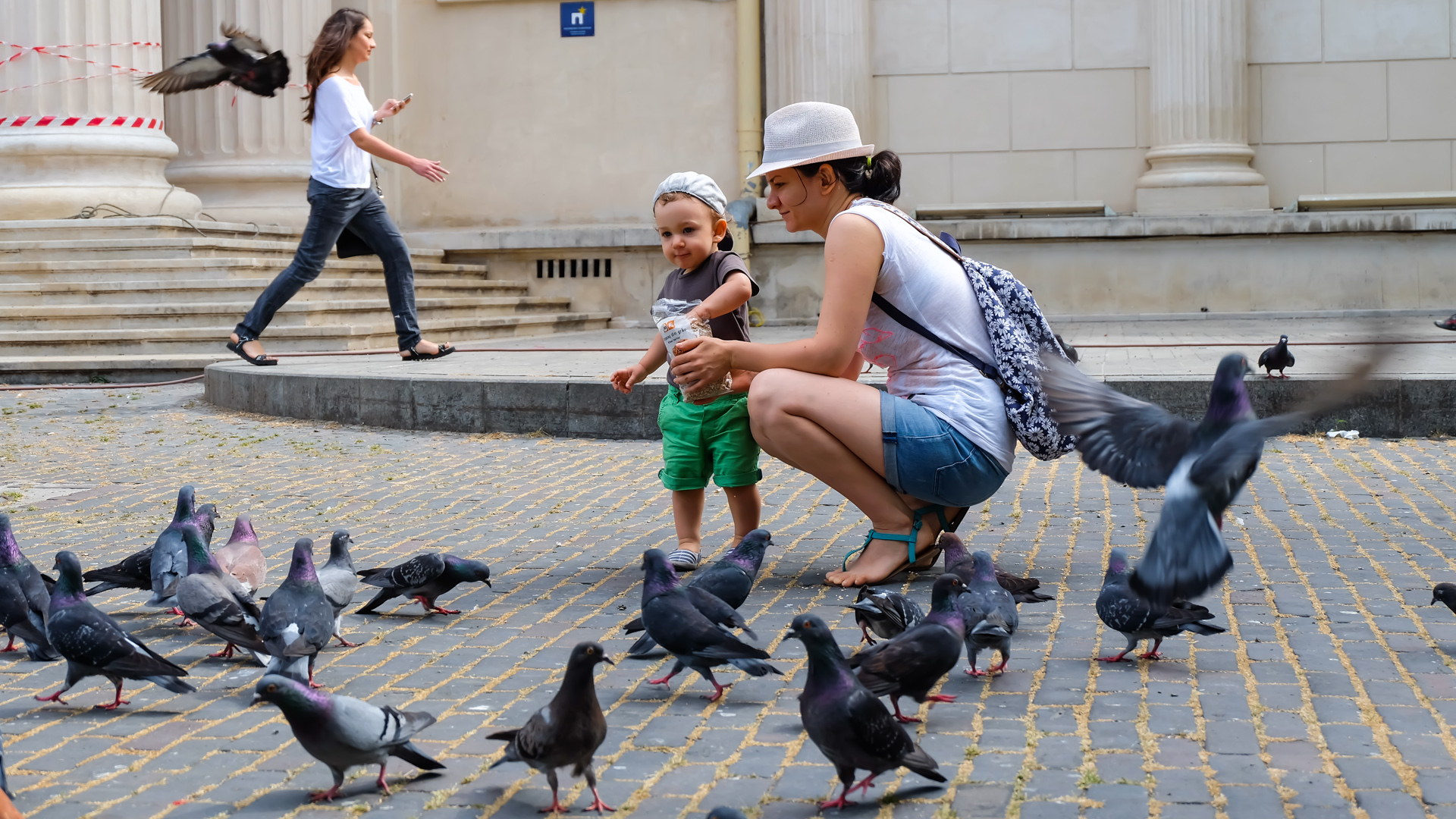
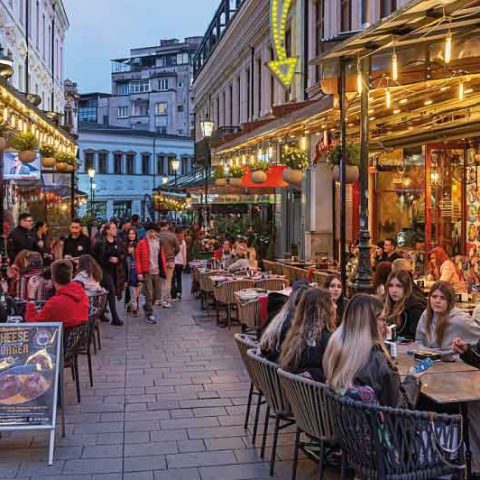
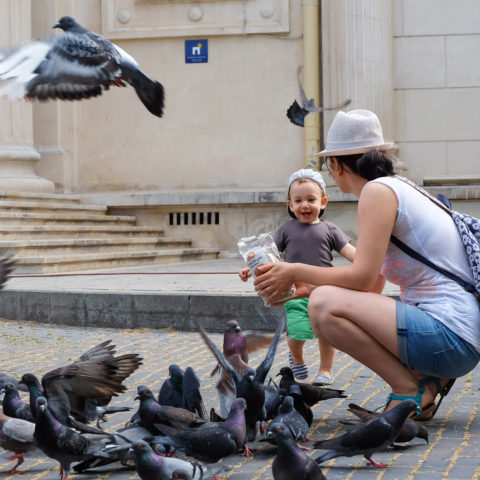
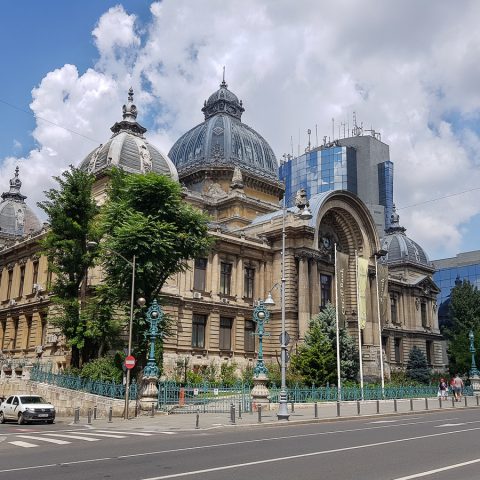











Leave a Reply